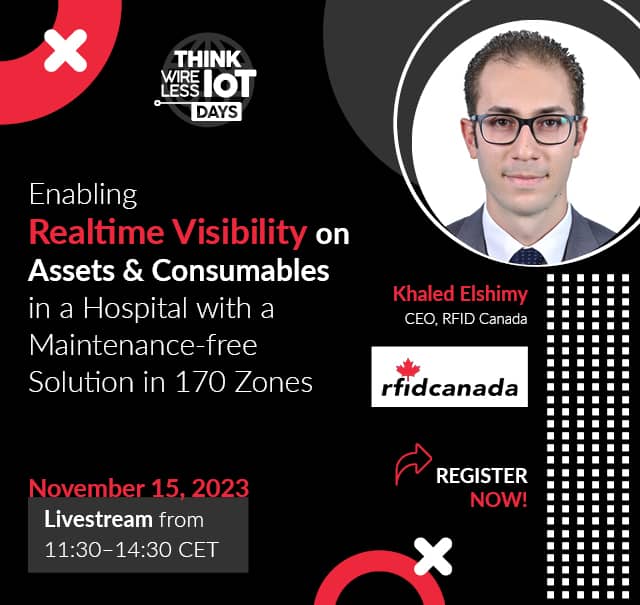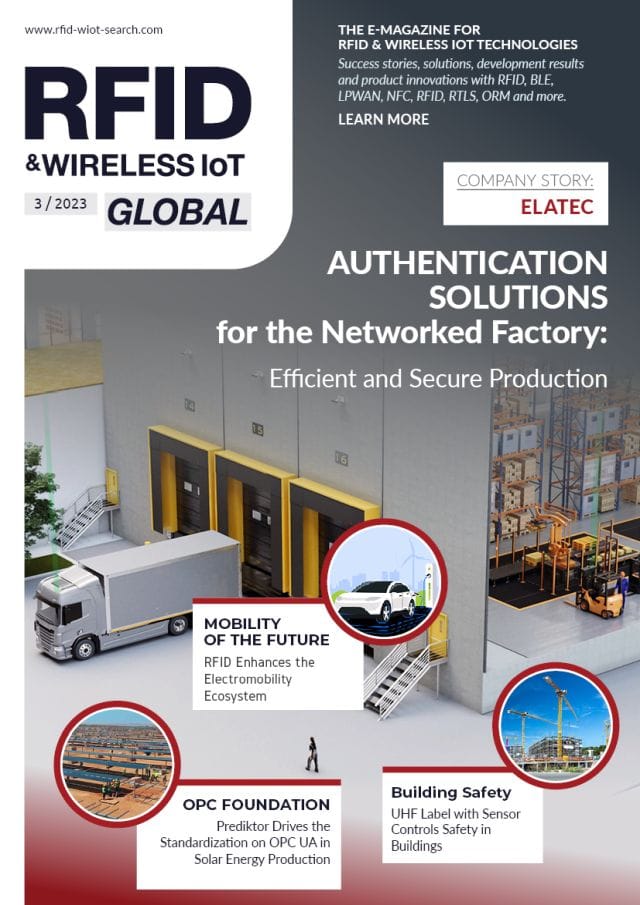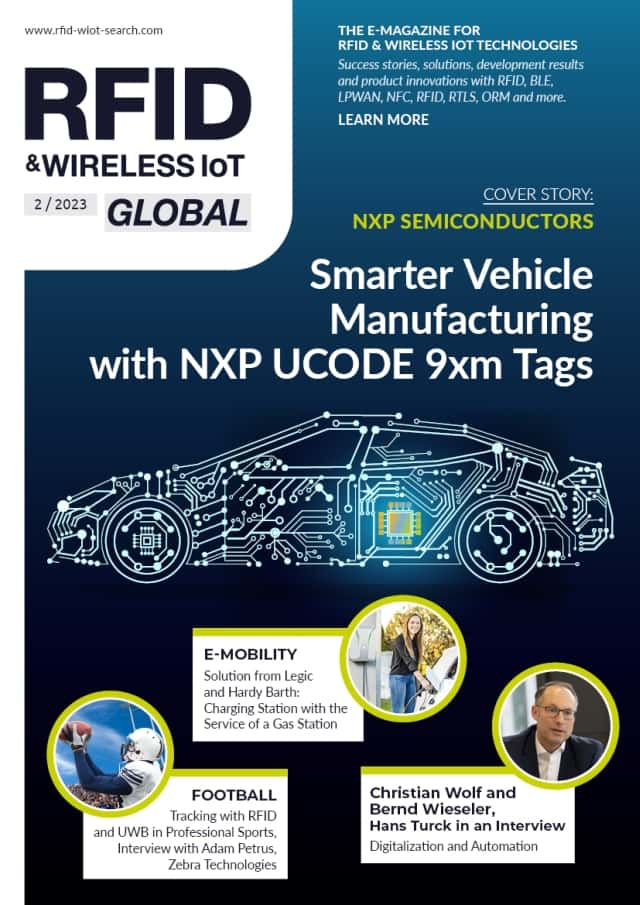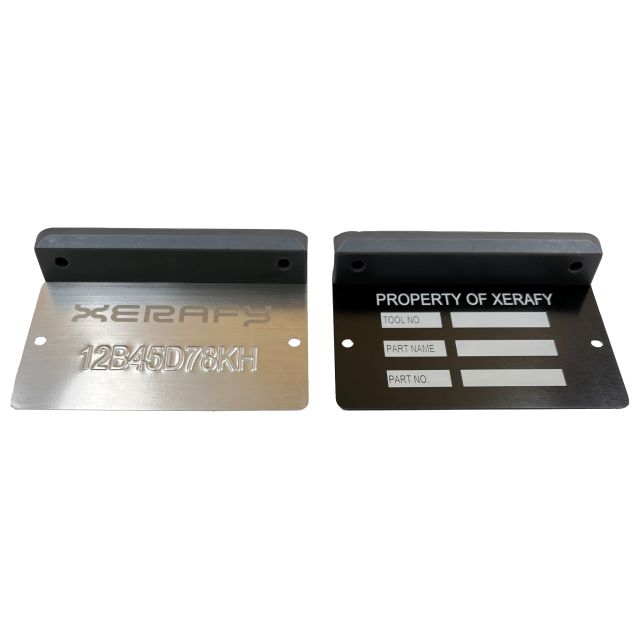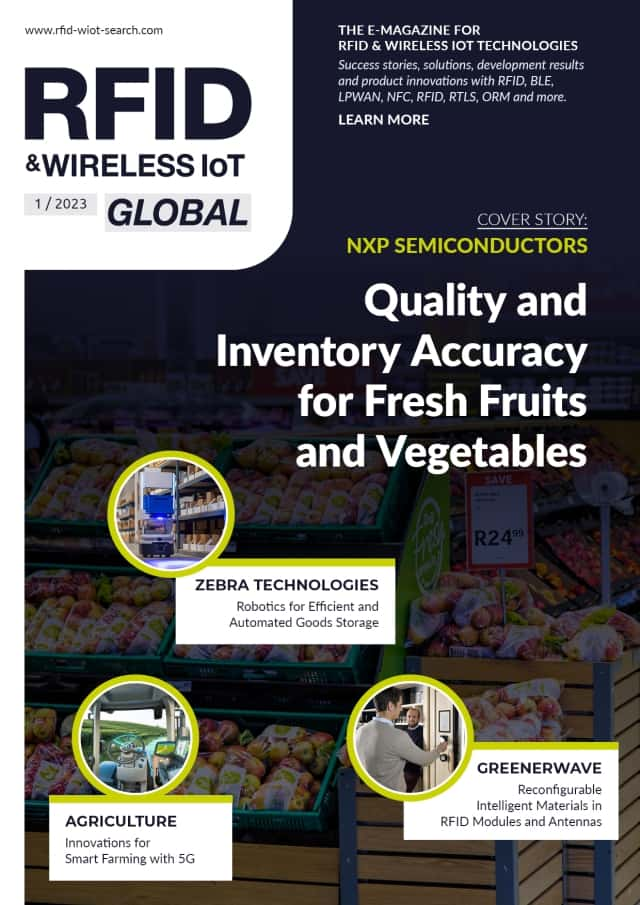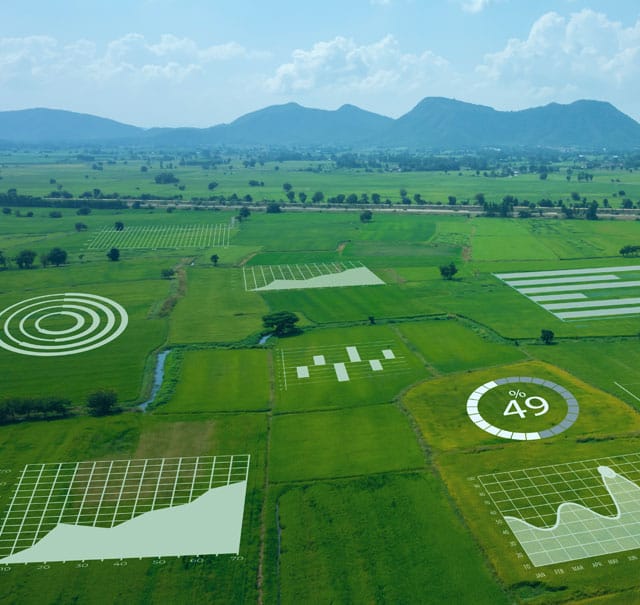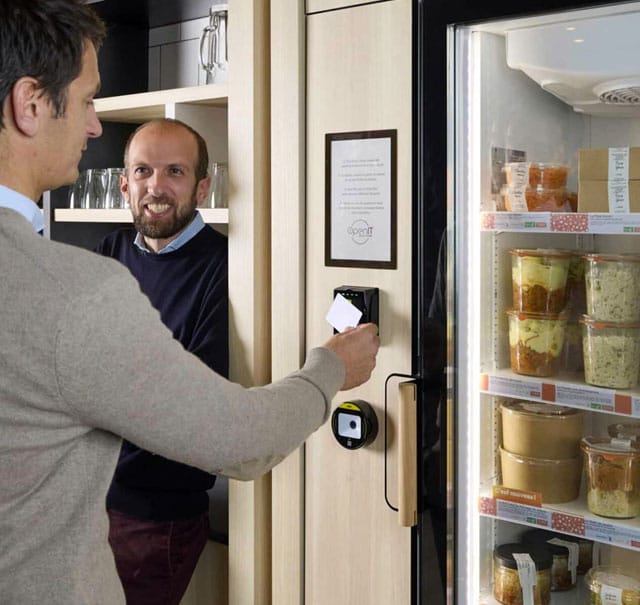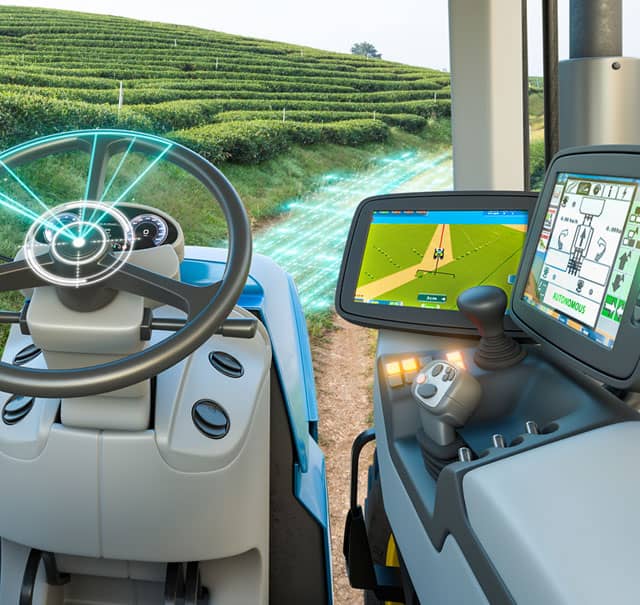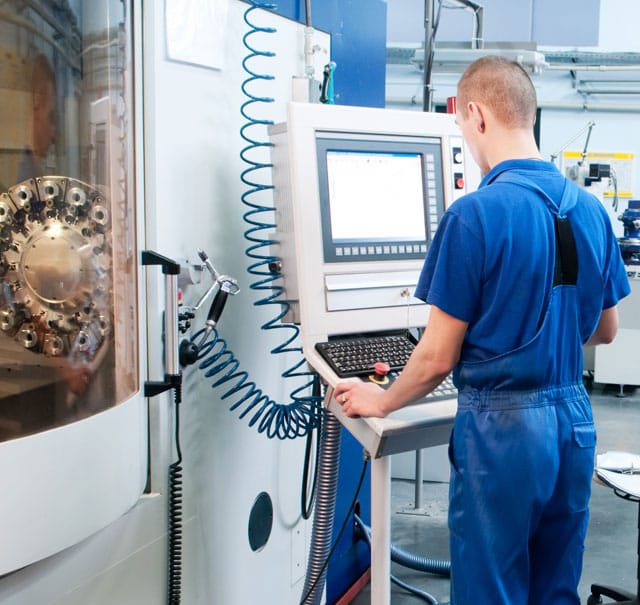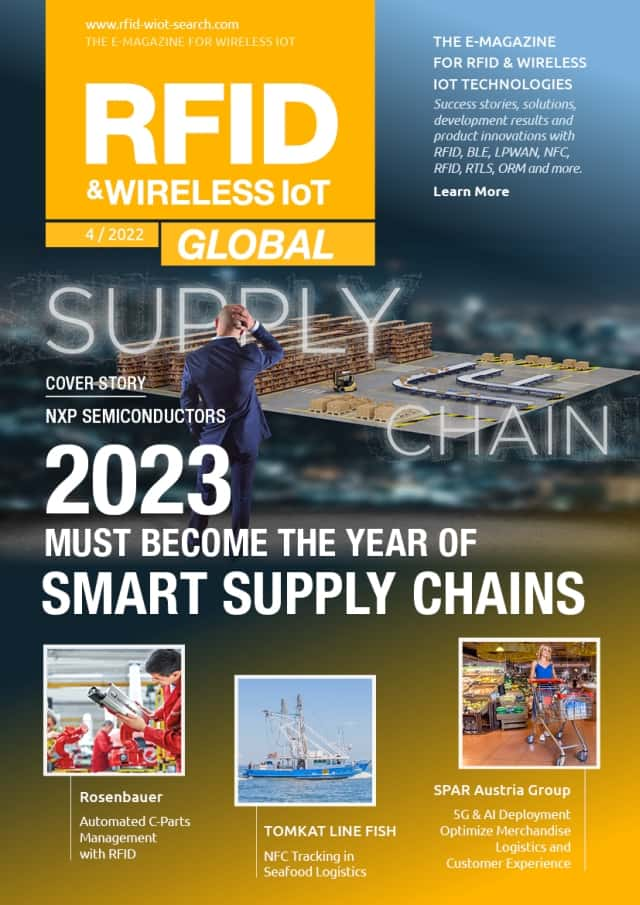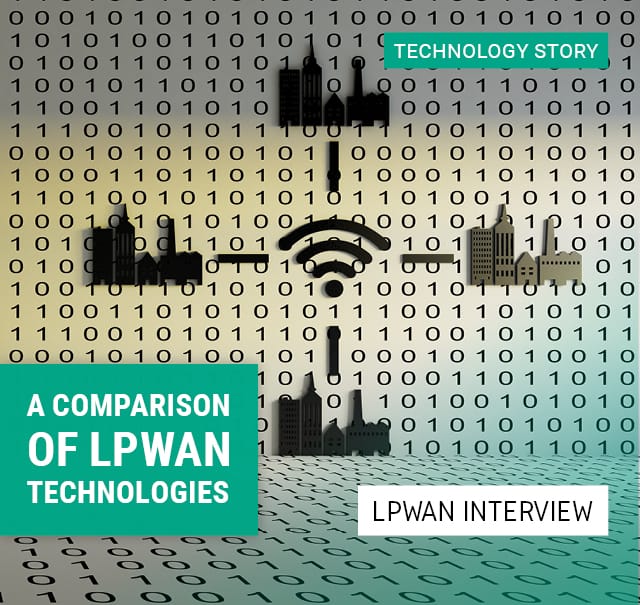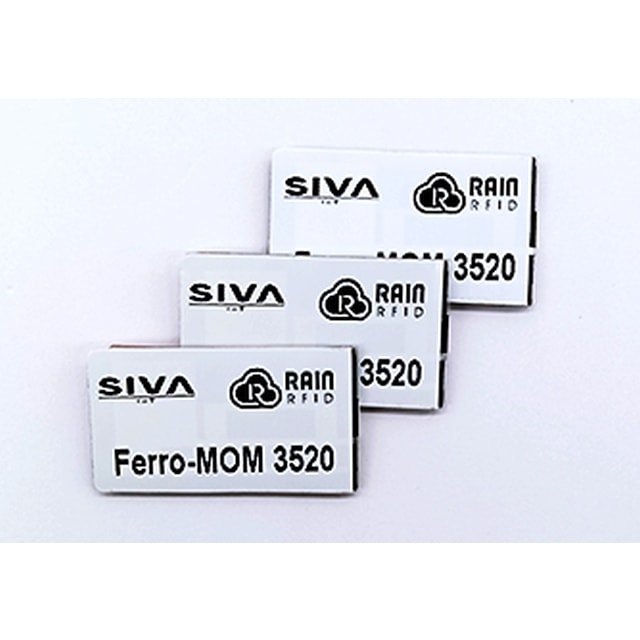More safety in traffic through networked environments and radio-based technologies!
Direct communication between vehicles and between vehicles and the surrounding infrastructure is a widely researched topic. Different technologies are suitable for the realization of V2X communication. Which advantages outweigh and which technology will prevail?
RFID & Wireless IoT Global has asked Manfred Miller, managing director of Nordsys. The company, based in Braunschweig, Germany, has been involved in the development of V2X solutions for customers worldwide for more than ten years.
"Using radio-based technology to see through obstacles"
Vehicles and infrastructure can communicate with each other. This is the main goal of V2X. Data is exchanged between vehicles - or even infrastructure such as traffic lights - with the result that each vehicle is informed about what is happening in front of or beside it.
Manfred Miller explains: "This gain in information could also be mapped by sensors, radar for example. But this, of course, comes up against physical limits. Radar sensors have a short range and there are material obstacles that they cannot penetrate. And that's where V2X communication comes in. With the support of radio-based technology, vehicles can look around corners or directly through obstacles."
Standardized technologies required
Two different solutions are currently competing worldwide: The WLAN technology IEEE802.11p, also known as ITS-G5, and the mobile radio-based Cellular V2X (C-V2X).
According to Manfred Miller, the main challenges lie in questions of standardization, "because of course we don't want to communicate only on a manufacturer-specific basis. We have to communicate across manufacturers. This is where the relevant bodies are called upon to act at European level or even worldwide, such as IEEE, which regulates radio standards and frequencies. Then there is ETSI, which defines the whole thing at protocol level in Europe, and then there is the CAR to CAR Communication Consortium, which ultimately draws up appropriate standards at application level.” One difficulty, according to Miller, is that the "two main technologies are incompatible and therefore in competition with each other rather than working together synergistically.”
In Europe, WLAN is ahead of the pack
According to Manfred Miller, V2X implementations can clearly be differentiated by global regions. "In Europe, I see the power of established facts. Volkswagen announced the introduction of ITS-G5, i.e. WLAN-based systems, early on with the Golf 8. This statement ultimately will lead to a real implementation and at the same time to a strong market penetration due to the quantities of a volume model like the VW Golf". Manfred Miller is certain that other models with the same technology will now follow in the Volkswagen Group.
Manfred Miller sees a second aspect in infrastructure deployment: "This is currently being launched via a European platform. There are first ITS-G5 implementations in cities and also on motorways". For Asia, Miller's assessment is different: "Especially China is relying heavily on mobile communications solutions - especially with regard to 5G. But this is still a relatively rocky road, because the necessary development and specifications are not yet sufficiently advanced. Nonetheless, the first series systems have been announced in Asia for this year and next year, which I think is pretty sporty."
Advantages of WLAN technology
According to Manfred Miller, the first major advantage is that WLAN technology enables completely non-discriminatory use. For WLAN, no provider must be intermediated, and no additional infrastructure is required. "The advantage is that the operating costs for the end user are of course zero. The only costs incurred are those for the one-time purchase." From a technological point of view, Manfred Miller sees the decisive advantage in that there is no single point of failure when using WLAN.
"If a WLAN subscriber fails, the basic communication continues to function. If a mobile phone mast fails, all communication in the surrounding area is interrupted. Another advantage is that the technology is very mature at the moment." But isn't WLAN technology, unlike mobile phone technology, already outdated? " A mature, proven technology is not outdated per se. Take the IP protocol, that's almost 50 years old. The IP protocol not questioned and simply evolves. Finally, WLAN-based communication systems are of course undergoing further development that takes into account backward compatibility," explains Manfred Miller.
Data protection in mobile communications solutions critical
In Miller's view, the advantages of mobile communication solutions are particularly the higher ranges which can be achieved.
"This does come at a higher price, because the ongoing operating costs must be paid to a provider of some sort. That is a disadvantage. Another disadvantage that I see is that, compared to WLAN technology, the issue of data protection and anonymization of data is much more difficult if not impossible to solve. Put simply, every mobile phone user can be located and identified via his SIM card. In theory, it is possible to create very detailed movement protocols. WLAN based solutions elegantly avoid this data protection problem: they cannot be tracked individually.”
V2X and autonomous driving
Manfred Miller regards V2X communication as extended sensor data - and thus as a key technology to be able to drive in level 4 and 5.
"The technology used does not play the decisive role here. Autonomous driving depends on the fusion of data from different sensor sources. Only in this way can an autonomous vehicle obtain the necessary comprehensive picture of its surroundings. V2X technology can make a very elementary contribution in this area, which radar, lidar and camera alone cannot achieve," emphasizes the Nordsys managing director.




